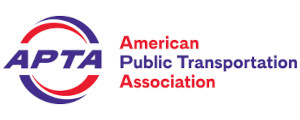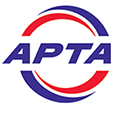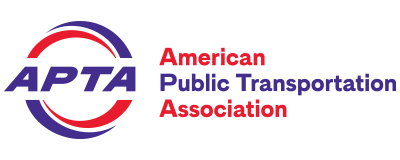Recommended Practice
Defining Transit Areas of Influence
Abstract
This Recommended Practice describes the spatial areas in which transit stops and stations typically have the greatest impact on land use and development and from which there is a high potential to generate transit ridership. It provides guidance on delineating these areas for the purposes of influencing decisions about private and public investments and services.
Document History
| Document Number | Version | Publication Date | Publication | Related Information |
|---|---|---|---|---|
| APTA SUDS-UD-RP-001-09 | Original | 12/31/2009 | Published | Current |
Keywords
area of influence, land use, ridership, urban planning
Summary
Increased walking, biking, and other non-transit trips have multiple benefits, both locally and regionally. This Recommended Practice focuses on the area where transit can have the greatest influence on supporting shorter trips and non-auto trips in order to maximize the benefits that accrue to local communities and regions as a whole. By planning collaboratively for these transit areas of influence, transit agencies and local jurisdictions can maximize the benefits of transit investments and help these investments have a positive effect on surrounding communities. This document defines transit modes and uses these transit modes to define typical areas of influence. It then identifies factors that can limit or expand the typical area of influence. Finally, it identifies potential usage of the area of influence in planning and development practice.
Get Involved
Want to participate in the development of this document? Join a Working Group or Learn More
Related Documents
|



